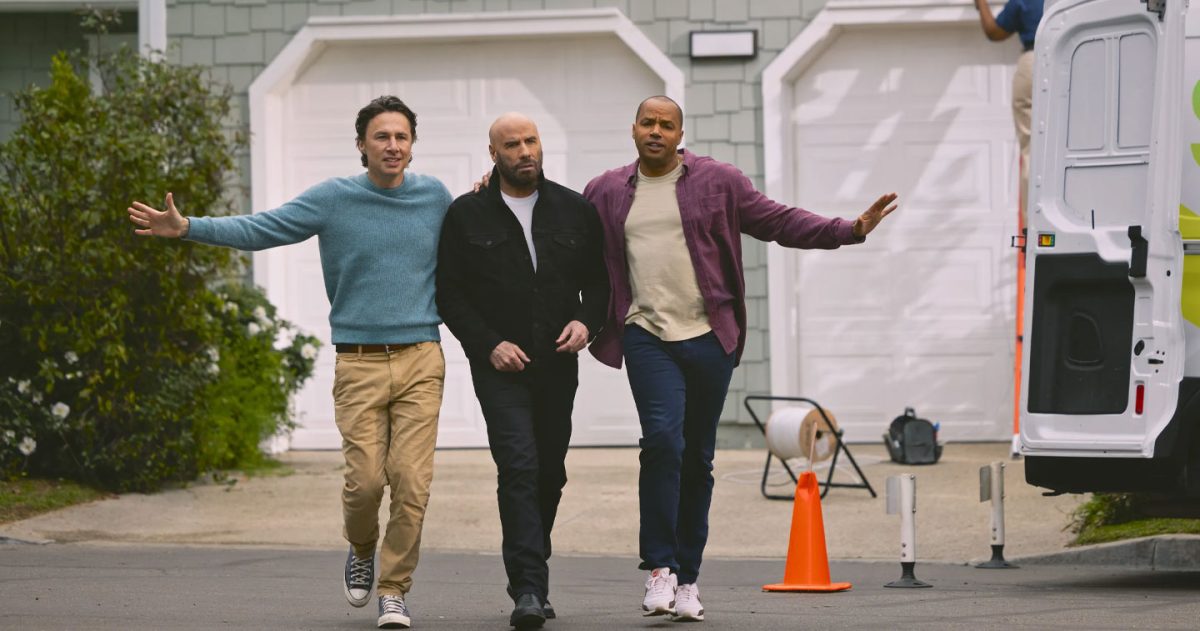LONDON, UK — The Super Bowl celebrity trend is accelerating, as a growing number of brands bet their hefty Super Bowl ad buys on groups of stars. That’s a good thing – provided they play it right – according to System1 Group’s analysis of Super Bowl LVII ads. The company tests consumers’ emotional responses throughout an ad, then measures factors that determine long-term brand impact, and assigns a score of 1.0 to 5.9 Stars.
“Last year’s best celebrity Super Bowl ads all did two fundamental things well,” said Jon Evans, Chief Customer Officer at System1. “They featured several stars together doing what they’re known for, within storylines that fit the brands. That’s the formula marketers need to follow, and we expect to see even more ads with multiple celebrities in this year’s ads.”
John Travolta brought his singing skills to a Grease-inspired ad for T-Mobile, while Serena and other famous sports figures brought their athletic abilities to the fairway for a CaddyShack-themed spot from Michelob. Popcorners allowed Bryan Cranston and Aaron Paul to reprise their roles as Breaking Bad’s Walter and Jesse.
Meanwhile, Bud Light brought authenticity and humor to a commercial featuring real-life husband and wife Miles and Keleigh Teller dancing to TikTok’s catchy hold music trend. And Paramount+ brought lots of beloved characters together on Stallone Mountain for a humorous storyline that showcased all of their programming.
The public’s favorite celebrity Super Bowl ads:
- T-Mobile featuring John Travolta, Zach Bragg, Donald Faison – 4.7 Stars
- Michelob with Serena Williams, Brian Cox, Tony Romo and others – 4.2-Stars
- Paramount+ with Sylvester Stallone and others – 4.2-Stars
- Bud Light with Miles Teller and Keleigh Teller – 4.1-Stars
- Popcorners with Bryan Cranston and Aaron Paul – 4.1-Stars
By contrast, Squarespace’s ad featuring multiple versions of actor Adam Driver scored 1-Star. High levels of neutrality among the audience suggest the storyline didn’t connect him clearly to the brand or adequately entertain viewers.
“Celebrity alone isn’t enough to move audiences,” added Jon. “If you could swap stars with no difficulty, the ad is not making distinctive enough use of a famous face.”
Because many Super Bowl celebrity ads are one-time events, Jon explained, brands lack the lever of consistency. T-Mobile benefited from using Braff and Faizon in other ads leading up to the Big Game spot.
Methodology
System1 tested the 308 Super Bowl ads airing between 2020 and 2023 with 46,200 respondents in the United States, then consulted its extensive database of over 150,000+ ads for comparisons.
When the System1 Star Rating is combined with ESOV (Excess Share of Voice), it is a much more accurate predictor of market share growth than ESOV alone. When looking at projected growth based on ESOV alone, correlation stands at about 25 percent. However, when you account for System1’s Star Rating and ESOV, there is an 85 percent correlation between projected growth and actual growth.








